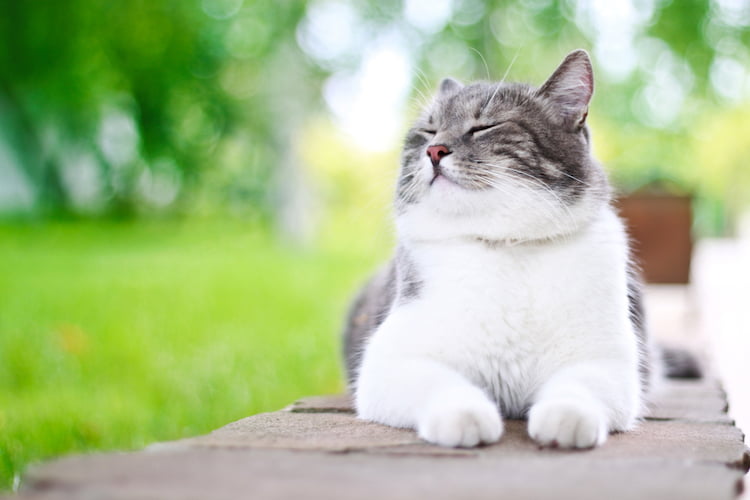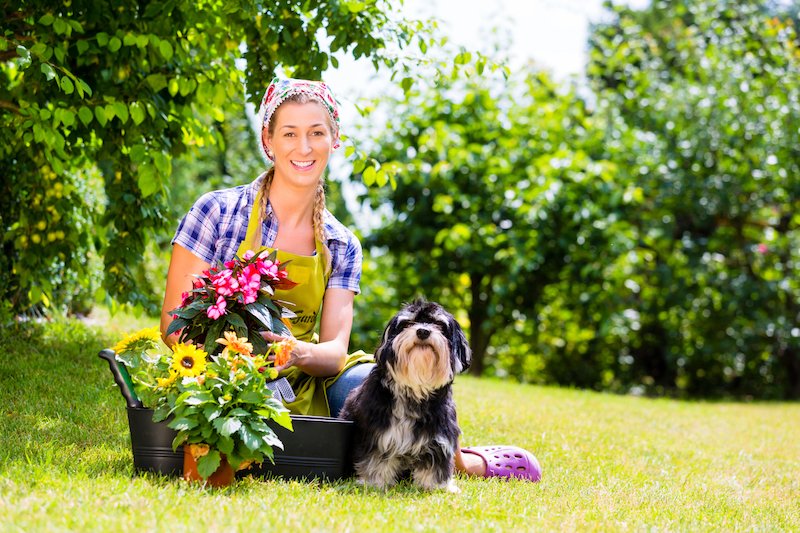Germ Theory: Not the Whole Story
What human being has not been warned about germs, those infectious micro-organisms (pathogens) that are too small to be seen by the naked eye? You might even have heard of the famous 19th-century doctor, Louis Pasteur, who is known as the father of “germ theory.” According to this theory, certain diseases are caused when the body is invaded by pathogens (“germs”).
But germ theory poses some problems. You see, it’s not that germ theory is entirely wrong, it’s just incredibly partial — it doesn’t tell the whole story. On its own, germ theory can’t account for why when multiple people or animals are exposed to the same infectious agent that some (or all) of them may never become ill.
Terrain Theory: A Better Way to Tell the Whole Story
To account for this question, we need a more complex theory that can better tell the whole story. Specifically, we need “Terrain Theory” (TT), a theory that developed in tandem with germ theory but failed — perhaps because it was too ahead of its time — to be adopted en masse.
But what is Terrain Theory? To understand TT, it can be helpful to think of pathogens as “seeds,” and a human (or animal) body as a larger ecosystem or garden.
 Gardeners know that just because you plant a seed, that’s no guarantee it will take root and grow. For a seed to take root and develop into a fully-fledged plant, it requires an entire ecosystem of hospitable conditions: the right amounts of light, oxygen, and moisture, the right soil-based nutrients and pH levels, the right kind of neighboring plants and pollinators, and the robust resistance to insects that comes from the balance between and among these conditions The more hospitable the ecosystem, the better the chance the seed will take root and flourish.
Gardeners know that just because you plant a seed, that’s no guarantee it will take root and grow. For a seed to take root and develop into a fully-fledged plant, it requires an entire ecosystem of hospitable conditions: the right amounts of light, oxygen, and moisture, the right soil-based nutrients and pH levels, the right kind of neighboring plants and pollinators, and the robust resistance to insects that comes from the balance between and among these conditions The more hospitable the ecosystem, the better the chance the seed will take root and flourish.
Pathogens Love an Imbalanced Ecosystem
When a pathogen comes into contact with the ecosystem of a human’s or animal’s body (what we can think of as our “inner terrain”), the pathogen is only likely to “take root” if the conditions are hospitable. For pathogens, a hospitable ecosystem, or inner terrain, is an unhealthy one. Pathogens love to look for the easiest place to take root and cause disease, and that place is in an ecosystem whose balance and vitality has been compromised.
Pathogens have a very hard time taking root in a healthy ecosystem. When the inner terrain is in balance, it can defend itself quite well from even the most aggressive insects or pathogens. But when this inner terrain is no longer healthy, when an environment, human, or animal ecosystem is out of balance and lacking vitality, watch out!
As Wikipedia affirms:
“Even when a pathogen is the principal cause of a disease, environmental and hereditary factors often influence the severity of the disease and whether a potential host individual becomes infected when exposed to the pathogen.”
Making the Problem Worse While Trying to Solve It
Because germ theory only tells one part of the story, when it’s all we have to work from, we often end up making a problem worse in the process of trying to solve it. For example, if we try to manage both Type 1 and Type 2 diabetes with insulin alone rather than also managing patients’ diets, not only will we fail to effectively manage this condition, we will almost certainly lay the ground for further deterioration. (Or at least foreclose any possibility for significant improvement.)
The trouble with germ theory is twofold: First, it seduces us into getting fixated on getting rid of symptoms without asking ourselves what these symptoms might be trying to tell us about what’s gone wrong in our ecosystem, our inner terrain.
While there’s nothing wrong with getting rid of the symptom, we want to do it in a way that doesn’t inadvertently contribute to further problems — that doesn’t generate the very imbalance in the inner terrain that made it vulnerable to dis-ease in the first place.
The second issue with germ theory is that it tends to see symptoms and dis-ease as necessarily caused by something (a pathogen) outside the body. While this can certainly be the case, it fails to recognize how symptoms and dis-ease can be generated from the inside as an expression of an imbalance in the inner terrain. Without being able to entertain this critical distinction and how they fit together, it’s impossible to come to sound insight about the nature of the ailment and how to best treat it.
Addressing the Big Picture to Create Balance
A person’s or animal’s body is an entire ecosystem of dynamic conditions that are impacted by that person’s or animal’s dietary habits, activity levels, emotional and social bonds, age, heredity, and (for people) their sense of meaning and purpose. Creating balance means addressing the whole ecosystem and everything that impacts it. When we take this approach, we have a much better chance of restoring, improving, and sustaining vibrant, robust health.

In the same way that a garden with a balanced ecosystem is naturally resistant to harmful insects, a person or animal with a balanced inner terrain is naturally resistant to germs or other pathogens. It makes a lot more sense to nurture gardens to yield more flowers and food than it does to simply battle bugs with toxic chemicals. Likewise, it makes a lot more sense to nurture the entire ecosystem of people and animals to promote glowing health and deep wellbeing than it does to simply battle symptoms with pharmaceuticals.
The Bottom Line
Pets, no less than people, thrive when the physical, social, and emotional impacts on their ecosystem are holistically addressed to bring their inner terrain into balance. Pets, like people, need healthy foods, fresh air, enjoyable exercise, close relationships, and strong social connections remain vital. After all, even the most beautiful gardens need tending. In “Tending Adam’s Garden,” world-renowned immunologist, Irun Cohen MD, writes:
“Even the best of gardens need tending… The immune system certainly can be reinforced by clean air and clean water… The world is no longer the garden we evolved to live in. Maintenance means tending.”

Holistic vets all over the world work every day to maintain, restore, and improve the inner terrains of their patients, attesting to how animals with balanced ecosystems are naturally resistant to infectious agents like parvo, distemper, bordetella, etc. Their observations lend themselves to the self-evident insight that for germ theory to hold empirical water, the more complex theory of TT is needed in which to contextualize it.
The efficacy of a TT-based treatment model is borne out by clinical studies and experience-based evidence, and with further research, may well prove to be the most accurate predictor of dis-ease in pets. We already have volumes of research, for example, showing how strong social bonds protect humans from cancer, or how exercise plays a hugely preventative role in guarding against heart disease. Why should these same principles not apply equally to animals?
Even if there was no research proving these connections, wouldn’t it just make sense to bring as much health and goodness to every aspect of our own and our pet’s lives as possible? Wouldn’t it just make good sense to do everything we can to create a richer, more beautiful, more balanced life and a better world? We think that’s a question we don’t need to look to science to answer.
